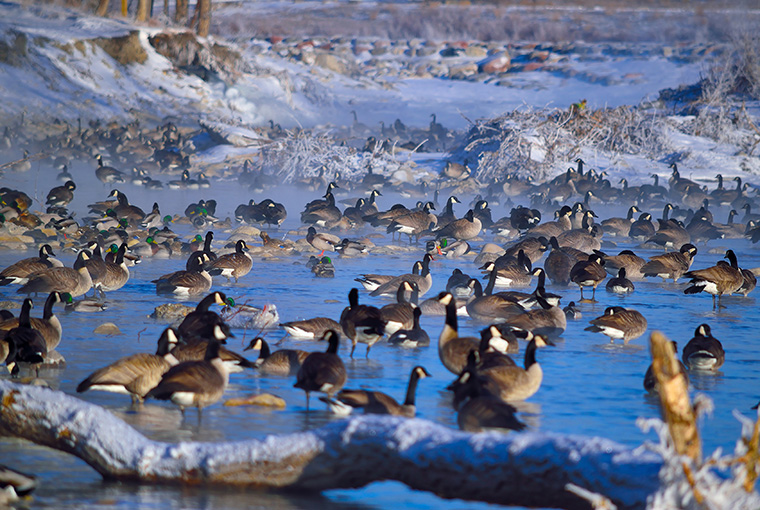
For many hunters, the season’s end is more than just a goose or duck hunt. It’s a grand finale in which waterfowl can put on a display not seen at any other time. Rising swirls of drakes in full plumage glitter against the intense blue of snow-framed waters. In the marsh, wild pandemonium grips the hunter. The sounds of Canada geese overlap with the decrescendos of hen mallards and rise and blend with the bell-clear whistles of wigeon, in the crisp, clear air. Drakes wear their finest regalia, like movie stars at an awards ceremony.
Waterfowl in any weather
The season’s end is unpredictable. It may end under stark blue skies and amid plunging temperatures, while at other times, decoys list under the weight of sticky snow, pushing flights of waterfowl to continue their epic journey.
The late show tends to be an “all-or-nothing” event, as it depends not only on cold weather on a given day, but also on how that day lines up with a spell of colder conditions. Heavy, early snowfall coupled with unseasonable cold, can result in marshes full of frozen slush that seems to push birds onward. It is remarkable how quickly birds adapt, however, hanging in as long as food sources and water remain available.
It’s hard to plan a season finale hunt, but there are plenty of opportunities for those who keep an eye on the weather, conduct scouting, and have a network of waterfowling friends. Many of my season-ending ventures had a fair dose of spontaneity, circumstance, and plain luck, where birds and weather converged to create a classic hunt. When you pull into an empty boat launch on a freezing morning and can hear the bedlam of ducks and geese anxious to be on their way, you can bet on an exciting finale hunt.
The rewards of braving the cold
The scene in the marsh during a grand finale waterfowl hunt is a panorama of every species encountered during a long season, with abundant birds that seem to have lost all fear of hunters. Flocks of brilliant greenheads coming into the decoys, for easy 25-to 30-yard shots are a joy after a season of coping with wary, distant birds.
Fully fattened young birds beckon the late-season hunter to try some different species in the roaster or on the barbecue. Those long, lost flocks of mallards with full plumage peel like a thick-skinned orange and are completely devoid of pinfeathers in late fall. But best of all are the fat, corn-fed mallards and Canadas at season’s end. Each one cleaning-up like a brick of golden butter, conveying delightful aromas in the kitchen.
Bird music
The late fall is when all the sounds come together in a reverberation of the entire marsh, carried by wind, waves and all other background music characteristic of this magical time. Bird music from a wide variety of sources announces that the long pending migration is at hand. Many species recruit able flock-mates to accompany them on hundreds to thousands of miles from the freezing marshlands of their northern range.
There is also the pressing need for single ducks to find a reliable mate with the experience and maturity needed to navigate the long journey. Hen mallards and other species use the sporadic decrescendo call for long range communications. This call advertises the presence of a hen to unmated drakes or perhaps a brood mate to a calling hen.
Waterfowl learn through visual and auditory sources, the breeding “status” of a hen and likely other characteristics of the potential mate that might be attractive to a drake. He will often listen to calls then get up and fly-over to investigate. This would likely find him in the presence of other suitors, with the hen viewing displays, listening to auditory cues and signals, and deciding whether it is worth his while to pursue her.
It’s a great time for hunters get to be a part of the action, putting their best calls to use.
Hard to forget experiences
When all else is faded, memories persist. None more powerful than those of late-season birds decoying in the bone-chilling cold. Here, cold finds its place with beautiful birds, good friends, and marsh music reshaped into vibrant memories that linger decades after those birds have gone.
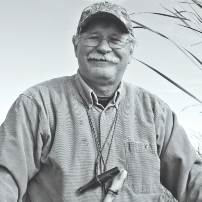
Dr. Bob Bailey began his career as a waterfowl biologist with the Canadian Wildlife Service before becoming an advocate for conservation and the future of hunting, fishing, and trapping. Bob has written for OOD for over 30 years.
Reach Bob at mail@niteowldev.com
Originally published in the Nov.-Dec. 2021 issue of Ontario OUT of DOORS magazine


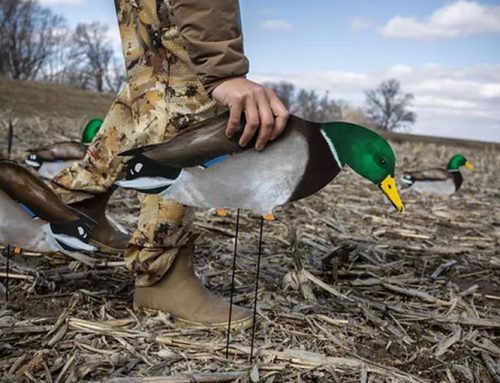
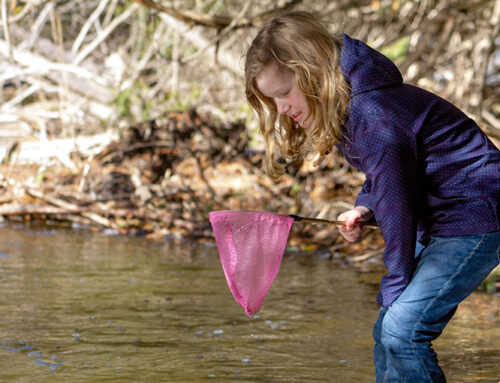

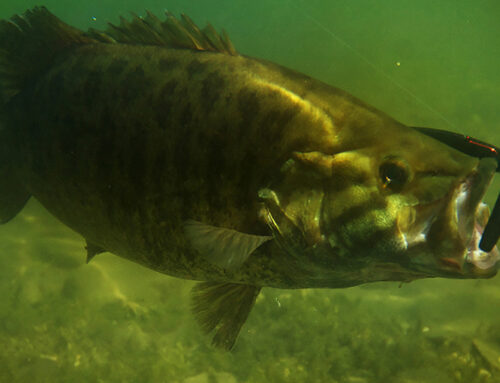
Leave A Comment